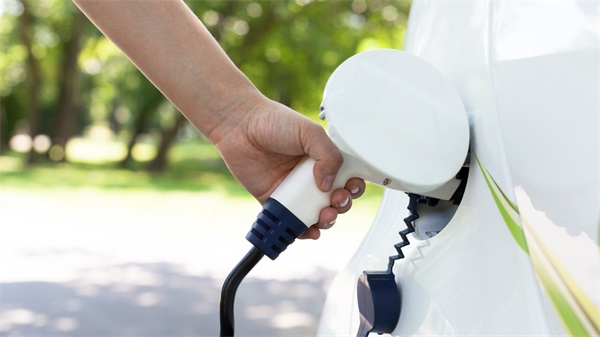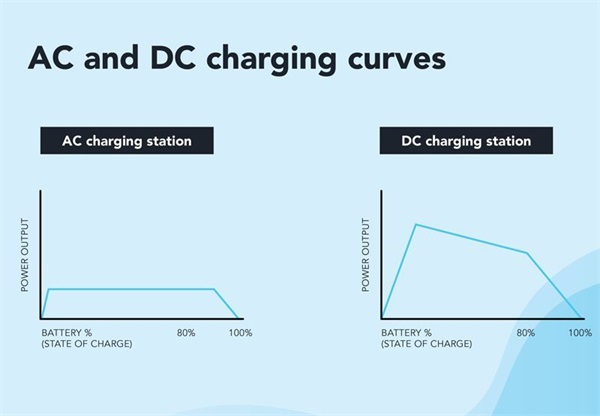Electric car battery
The bigger the battery, the longer it will take to charge. Simple, right? The state of charge of an EV’s battery is measured in kilowatt-hours (kWh), which is similar to a liter or a gallon but for electricity, and each kWh equals the amount of energy you would use to run a 1,000-watt appliance for an hour. The vast majority of electric passenger vehicle batteries today can hold somewhere between 25 and 100 kWh when fully charged.

Charging capacity of the vehicle
The power output which a vehicle accepts differs from vehicle to vehicle and can even vary depending on the model of the car. Measured in kW, the charging capacity is shown for both AC charging and DC charging and each plays a large factor in how long it takes to charge. For instance, if two vehicles with similar size batteries are charging side by side at a high-power DC charging station, but one can only accept 50 kW of DC power and the other 250 kW, then the latter will charge much faster than the former.
Charging output of the charging station
The different output of the charging station plays a large factor in how long it takes to charge an EV. The higher the kW output on a charging station, the faster it will charge (presuming that your new vehicle accepts the higher power output).
State of charge
It might sound obvious, but, how much charge you have in your vehicle when you begin your charging session also plays a part in how long it takes to charge. The same as when you’re putting gas in a traditional vehicle, depending on whether you have half a tank or are almost empty, how long it takes to charge will differ.
The DC charging curve
With AC charging, the power flow to an EV is flat (meaning that it will charge at the same speed from 0-100 percent full), whereas with DC charging, the EV’s battery initially accepts a quicker flow of power, and then slowly starts to ask for less power as it begins to fill up. The reason for this is simple: the EV doesn’t want to damage the battery with a surge of power. As a result, with a DC or Level 3 charger, the initial phase of charging (to 80 percent full) goes quicker than the last 20 percent (which may take roughly the same amount of time as the first 80 percent).

Weather conditions
Another factor that will determine charging times is the weather. As batteries operate more efficiently in warm weather—say between 20–25°C (68-77°F)—it will take longer to charge a vehicle in colder or extremely warm weather.
Start Your EV Charging Business With Kelylands Today!
Simply Fill Out Your Details And We’ll Give You A Call To Discuss The Right EV Chargers For Your Charging Needs.

